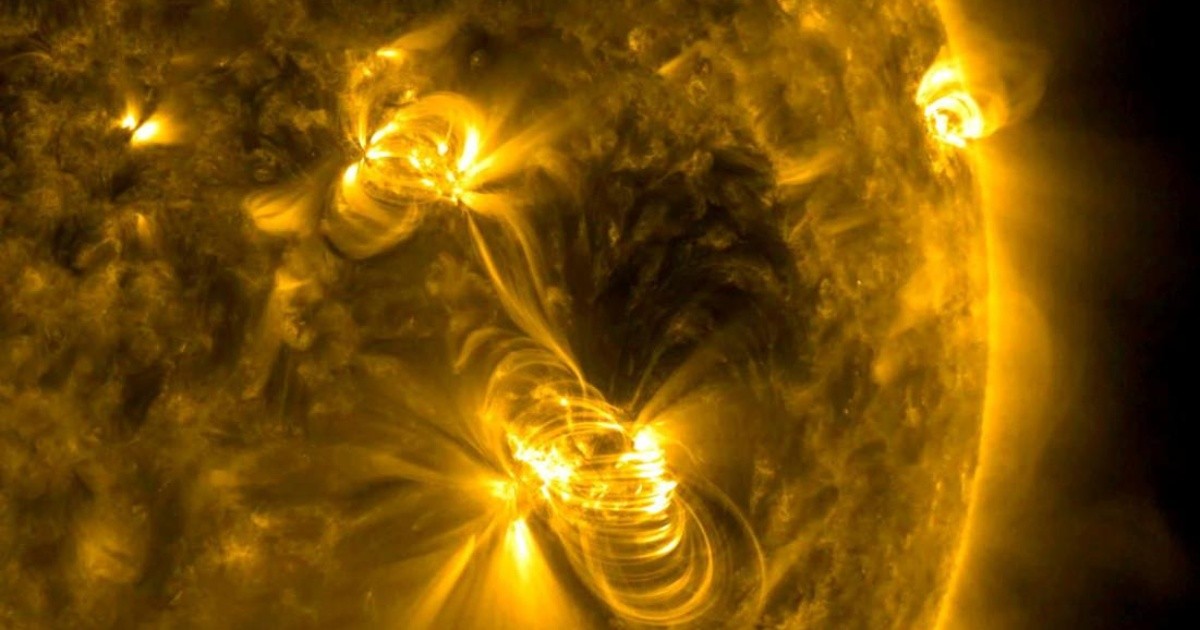A strong flare was detected this Thursday on the surface of the Sun, an event that was cataloged in the maximum class of the scale of measurement of the activity of our star.
The eruption, which occurred on the side that points to Earth, had a magnitude X1 and lasted about half an hour, peaking at 3:35 p.m. (GMT), according to data from the US Center for Space Meteorology and the Solar Astronomy Laboratory of the Institute of Physics of the Russian Academy of Sciences.
The flare was powerful enough to temporarily cause a strong radio blackout on the sunny part of the Earth, with the focus on South Americathe US service noted.
The eruption was accompanied by a coronal mass ejection, a wave of charged particles, which it may take a few days to reach Earth, and according to the forecasts, they could reach it on Saturday.
Interacting with the magnetic field of our planet, are capable of causing interference in electrical and radio systems and overload the northern lights.
Solar flares are classified by their X-ray intensity as A, B, C, M, or X, A being the weakest and X the most powerful. Likewise, class X flares can be of different power, which is defined by a number, with 1 being the lightest of this class.
The sun still is at the beginning of the new business cycle which started in December 2019, number 25.
Each cycle lasts approximately 11 years when the magnetic poles change places. The change occurs at the weakest point, after which the magnetic field increases until solar activity rises to a maximum point. However, because not all solar maxima are the same, we still it is not clear how intense the next period will be, as published RT.
–


